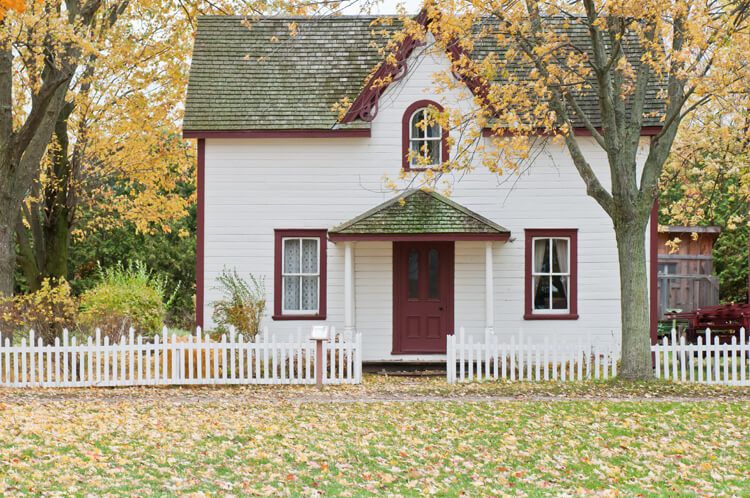The first step after discovering mold is to determine whether it is dangerous, and if so, the level of danger. There are over 400,000 different kinds of mold known to man, yet of those, only about a dozen could cause any serious harm to your wellbeing.
How do you find out exactly what kind of mold you have encountered and whether or not your health is in danger? Is there a reliable way to identify mold based on its color and appearance alone? It is not advised to identify mold by simply looking at it. Depending on various situations, mold color and structure can vary drastically. These conditions, such as the nature of the organic material mold grows on, environment, temperature, and presence of direct light, can all affect the way your mold contamination looks.
Due to the hidden nature of mold, the visible part of mold is just the tip of the iceberg as mold prefers to grow behind the walls and under flooring and carpeting. Only professional mold inspectors can tell where and how much moisture is hidden in your building structure by using thermal imaging equipment. If area moisture levels have been high for a prolonged period of time, there is a good chance of mold presence.
Determining if you Need Professional Mold Remediation Services
When you realize that visible mold is in your home or building, or you are aware of signs that mold might be growing in parts of your property that you cannot see, then it may be time to seek the help of a professional mold remediation inspector. To be sure, not all molds that exist in homes are toxic, but it is always better to hire a professional mold inspector who can help you determine exactly what kind of mold you are dealing with and how to remedy the moisture and/or mold problem.
Moisture and Mold Prevention Steps
There are a number of things that you can do on your own in order to help prevent moisture and mold from becoming a major problem in your home. First, it is important to take steps to prevent humidity and condensation in the home. This would mean ensuring that the home is properly ventilated and insulated. Any time there is a water spill or leak, make sure to act quickly and clean the spill before mold has the chance to grow. Additionally, you can help prevent mold growth by paying attention to the outside of the property, cleaning and repairing roof gutters as needed, and ensuring that the foundation of the home is well maintained.
How to Hire a Professional Mold Inspector
As you contact professional mold inspectors, you will want to be sure to question them about any specific mold inspection courses they have taken, and the kinds of mold inspection certifications they possess. Any professional that you hire for your mold inspection will need to hold a current mold inspection certification that qualifies him or her to be a Certified Mold Inspector (CMI). The CMI designation will ensure that you have a professional mold inspector who has been educated properly in evaluating mold presence, and determining the source of the moisture that has allowed the mold to grow.
It is a good idea to ask any professional mold inspector that you consider hiring for some professional references. A highly experienced and qualified professional mold inspector should have no problem providing you with at least a couple of names of clients or businesses they have assisted that you should be able to contact.
The Mold Inspection Procedure
When your professional mold inspector arrives at your property, in order to begin the inspection, he will use an assortment of methods, including: visual inspection, surface sampling, and air sampling in order to determine the source and the type of mold that is present in the building.
Each time a mold inspector visits a property they will begin the process with a visual inspection. They will check the property and look for any signs of water damage, water intrusion, possible faucet or pipe leaks, and any other signs of moisture. They will also test the temperature and the humidity on the property, and add these calculations to a wide variety of data that they will be obtaining about your home or property.
When a professional mold inspector begins the surface sampling process, they are actually attempting to determine what kind of mold exists at a particular location within the property. The inspector may use a swab or a piece of tape to obtain the sample. As soon as the sample is properly packaged to avoid contamination, it is sent to a reliable laboratory where it can be analyzed.
The air sampling procedure is perhaps the best process of determining whether or not airborne mold spores exist within your premises. There are a variety of types of equipment that may be used for this type of sampling, but generally air will be drawn and then impacted over a glass substrate in order to create the sample.
Determining If Mold Remediation is Required
Typically, if mold is present in your home or property, you will need to undertake some kind of mold remediation. Your mold remediation will be unique to your circumstances, and will largely be determined by the results of the sample tests completed by your inspector. The factors that will be important when determining your next steps with remediation will include the toxicity of the tested mold, as well as the size of the affected area.
This post was contributed by Carl Bennett, the vice president of Above & Beyond Unlimited Cleaning – a Pennsylvania company specializing in residential and commercial mold inspection, testing & remediation services.


26 comments